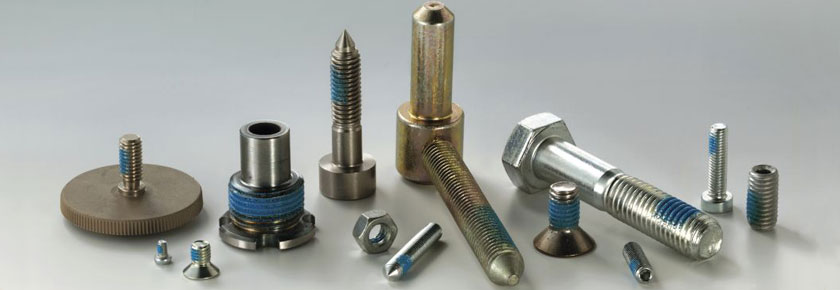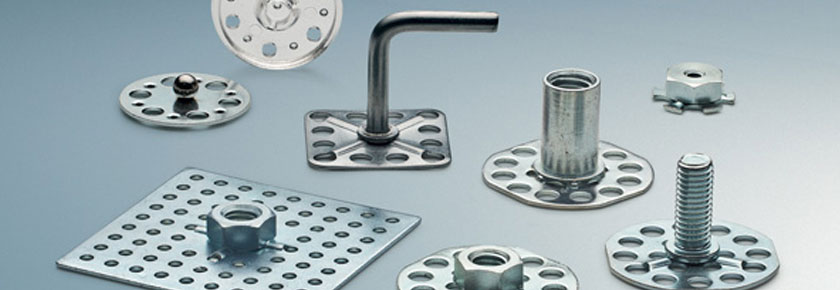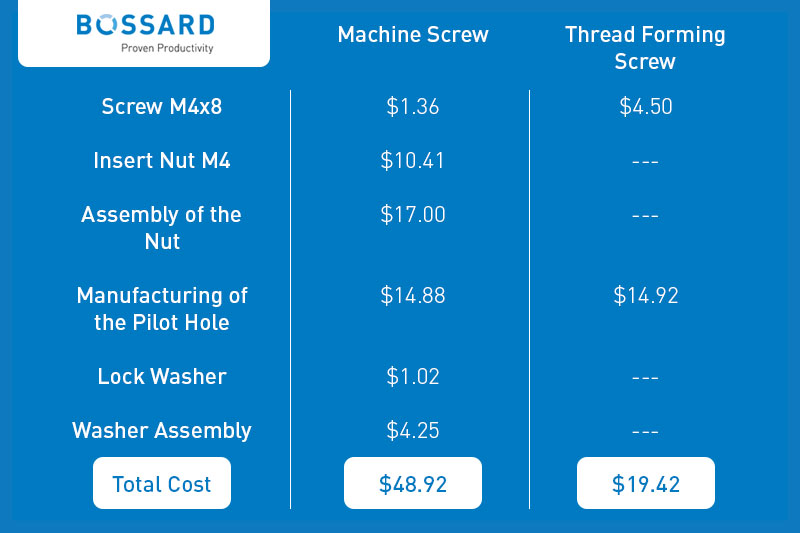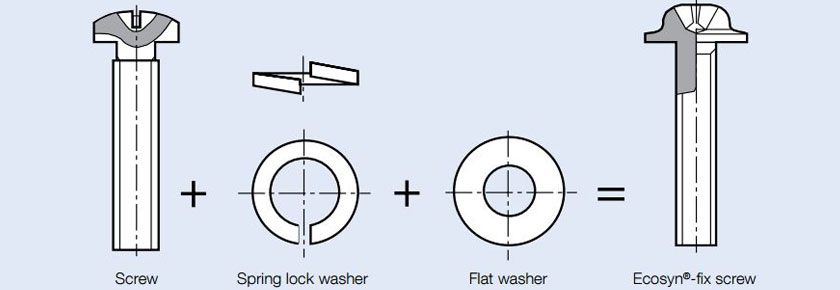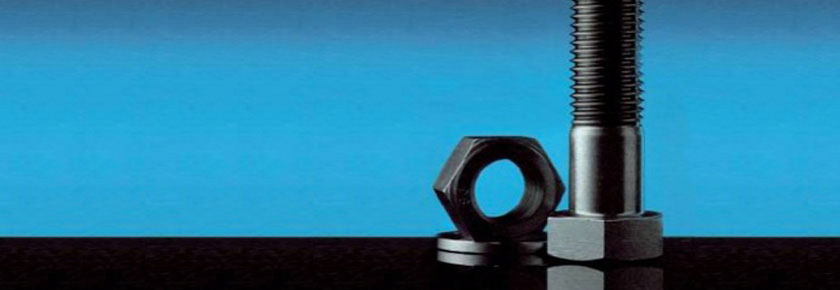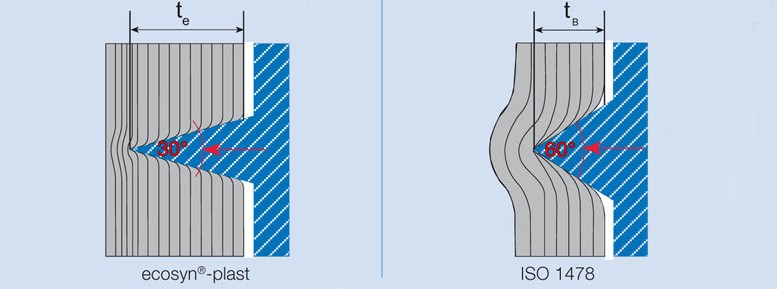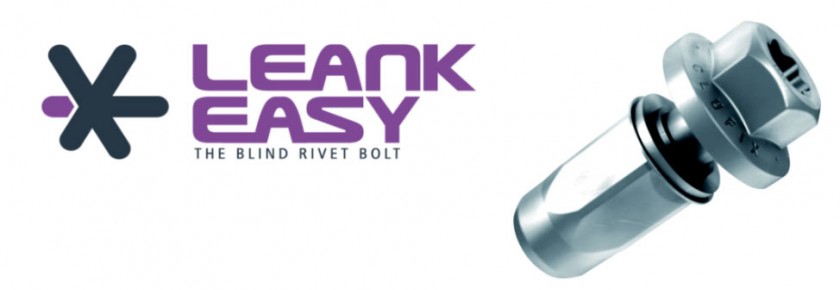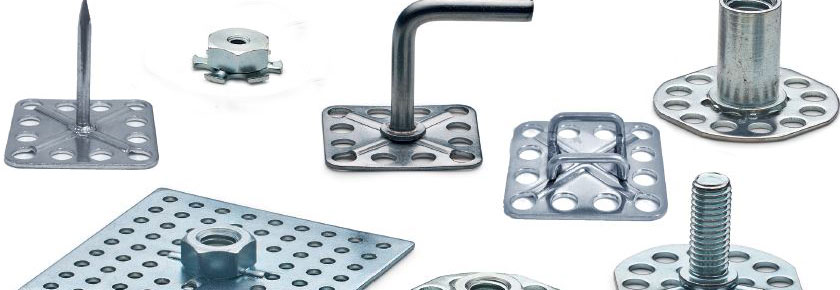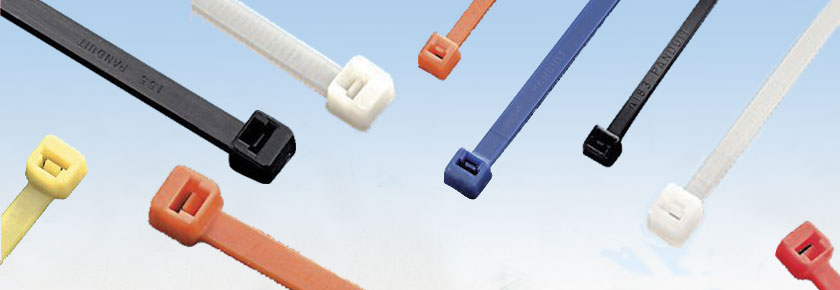(Editor’s Note: Bob Rensa is a Senior Product Manager for Panduit. This blog post was written as part of a joint effort between Bossard and Panduit.)
There are many uses for cable ties, the list seems to be practically endless. But what are some common uses that we see in the industry? Typically you find cable ties anywhere in which you need to organize wiring, or hold something in place. This could range from the transportation industry, all the way down to the cable tie that holds your audio/visual cables in your house. What we want to talk about is how to properly select a cable tie for your project, because there are many things that come into play. One might think that a cable tie is a cable tie, but if you are working in outdoor or harsh environments, there is a lot to consider when choosing your cable tie. Basically it comes down to four things, tie design, length, what environment are you installing the tie in, and how strong do you need it to be.
Tie Design
There are a lot of different types of cable ties, and each of them are used for a different application. Standard nylon ties are your basic every day cable tie. These can be used for various applications such as managing and securing wire harnesses, strain relief and wire management in solar applications, desktop and video cable management, or even temporary child locks on your cabinets! There are also cable ties with a metal barb in the head which reinforces the locking mechanism. These tend to be used in applications that require infinite adjustment positions since it does not use griping teeth. These are also ideal when a more rugged latching mechanism is required under extreme temperatures. We also see contour cable ties, which have teeth on the outside of the tie. These tend to be much less abrasive to wire insulation under vibration and therefore a product of choice in the aerospace industry.
Length
Cable tie length can vary greatly. Think about an application in which you have a wire bundle that is 4” in diameter, but you only have a 1” diameter cable tie. This would not work. You need to match the maximum bundle diameter of the cable tie with the diameter of the wire bundle. Always be cognizant of your application so that you do not purchase a tie that is too short. If they are a little longer, you could always cut off the excess tie length, but from an economical standpoint, choosing the proper length will give your customer the best value. You would hate to use a 36 inch cable tie to secure a couple of wires.
Environment
There are a multitude of things to consider within your environment before selecting a cable tie. Will you be installing the tie outdoors? Will it have direct exposure to sunlight? Are you working in a hazardous environment like a chemical plant in which the ties might get exposure to various chemicals or acids? Is it a high heat application in which flammability and thermal properties become an issue? All of these questions need to be answered before you can choose what type of tie you are going to go with.
For example, a standard cable tie is usually made of Nylon 6.6. Nylon 6.6 is made of a hexamethylenediamine and adipic acid, giving Nylon 6.6 a total of 12 carbon atoms, hence the name Nylon 6.6. Uses for these ties can vary, as we mentioned above. But there are many types of Nylon, and choosing the right one is essential for your application. If your application includes exposure to the elements or high heat exposure, you’re going to want to go with a Weather Resistant Nylon 6.6 material, or a Heat Stabilized Nylon 6.6 material. With Weather Resistant Nylon 6.6 you typically have a 7-9 year life expectancy with regards to UV resistance, as opposed to 1-2 years with standard Nylon 6.6. Heat Stabilized Nylon 6.6 has a continuous temperature range of -76°F – 239°F, which is 54 degrees higher than standard Nylon 6.6. It is important to know these features and properties of the material you are selecting in order to choose the optimal tie for your application.
Strength
Once you understand the environment you are working in, you can then determine the strength of the tie that you will need. The way we measure cable tie strength is by obtaining its tensile strength. Tensile strength is measured in Newton or pounds and is basically the breaking point of a cable tie. The higher the tensile strength, the stronger the tie. Panduit has ties ranging from 18lbs in tensile strength, all the way up to 250lbs. What this means is that it would take over 250lbs of pressure in order to break the latching mechanism on the tie. This is an important factor to consider when you are securing mission critical wire harnesses.
Once you have selected the right cable tie for you and your application, you need to think about the proper way to store them. Bossard, a leading supplier of intelligent industrial fastening solutions, discusses proper storage and industry applications below.
Storage of cable ties is important as well, since the majority of cable ties used in the market are made of Nylon which is hygroscopic. Hygroscopic means that it is affected by moisture in the air, or has the ability to dry out in low RH environments (less than 20% RH). Dry cable ties are very brittle so storing them in sealed bags is essential to maintaining their performance. If cable ties dry due to loss of moisture, they could become brittle and may crack upon installation. Once a cable tie is properly installed, if it then dries out, that is not a problem. Installed cable ties actually become stronger when they dry out. It’s the installation process that is a problem for dry ties.
Bossard customers use cable ties in many different applications. A common use for Bossard customers is to bundle wires together and to fix systems in place. Bossard helps customers to select the perfect cable tie for their application while considering all of the variables mentioned above.
By carefully evaluating your application, environment and the strength of the tie that is needed, you are sure to choose the right tie for the job every time! For more information on Panduit cable ties and how to select them, please take a look at our cable tie selection guide.

